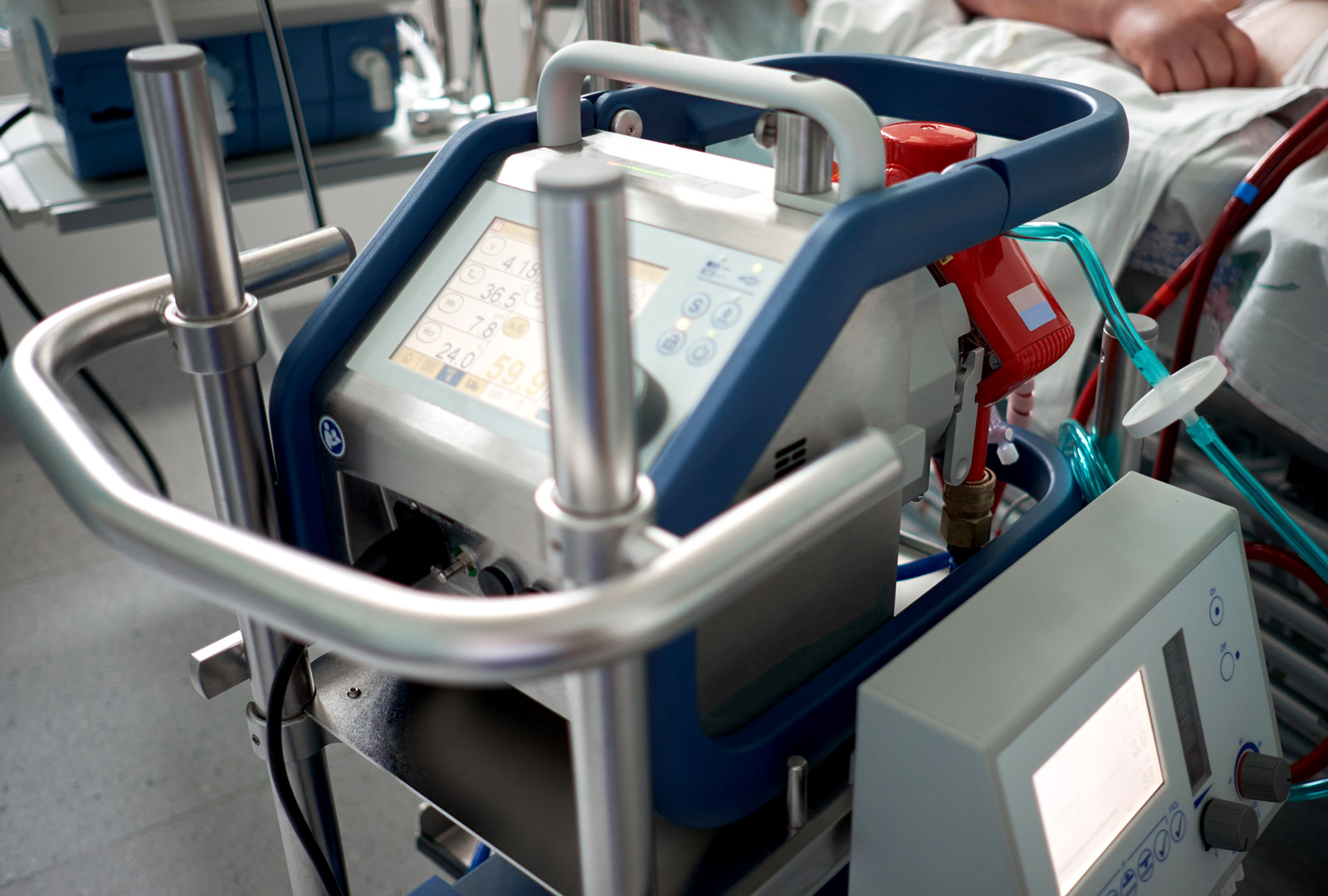
Advanced Resuscitation Methods
More recently, mechanical devices have become available to automate and improve the quality of CPR. Manual chest compressions, which are physically difficult to perform and vary in pace and intensity, can be replaced by machines that deliver precise, consistent compressions. Specialized valves can be used during ventilation to decrease pressure inside the chest, which can increase blood circulation and improve blood flow to vital organs. However, the use and availability of these and other CPR-assistive devices varies throughout the United States.

Several advanced approaches can improve the odds of cardiac arrest survival in select patients. Extracorporeal membrane oxygenation (ECMO), a process during which a patient’s blood is pumped and oxygenated outside the body and then returned to circulation, can significantly extend the time during which medical personnel can address the underlying cause of a patient’s cardiac arrest. Hypothermia protocols, more commonly used to minimize organ damage during surgeries where the heart must be stopped, have also been used to effectively stall the processes of cell death and organ damage in cardiac arrest patients. Stories of hikers or mountain climbers resuscitated many hours after experiencing cardiac arrest in freezing conditions corroborate the potential utility of this approach.